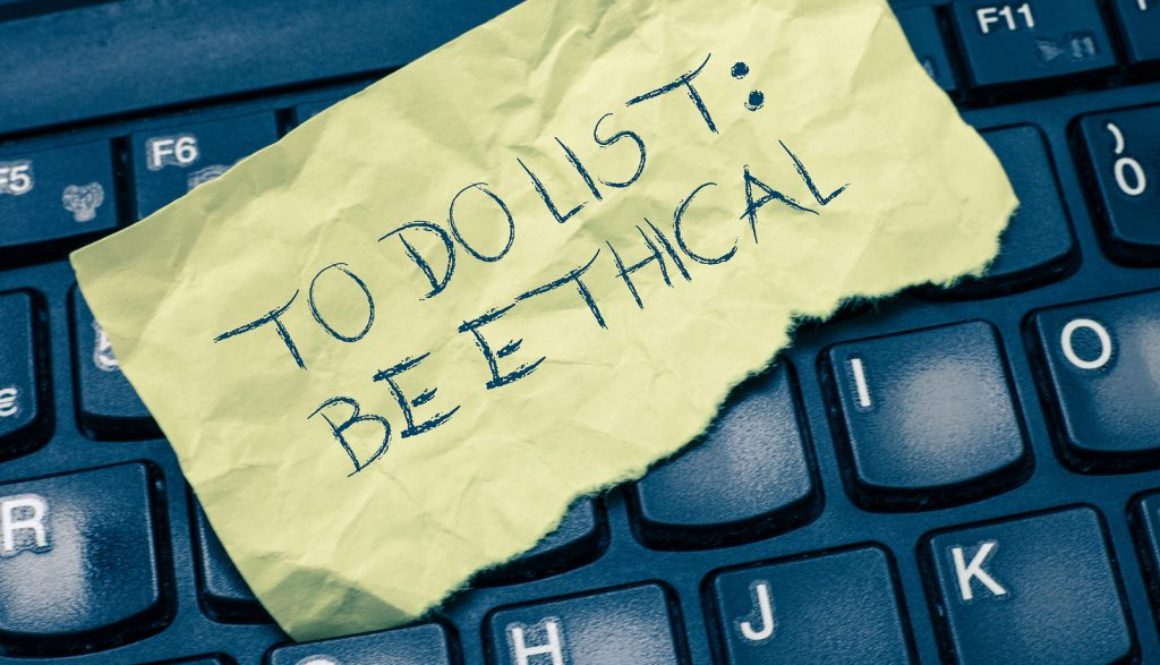Compliance Question: What Would You Do with a Rogue Tweeter?
Imagine if you were the compliance officer for Tesla. What would you do?
In light of Elon Musk’s (the CEO of Tesla) recent string of tweets – – the tech genius’ uncontrolled social media posts have highlighted the importance of social media governance and how difficult it is to eliminate the risk that emanates from executives’ individual conduct.
The question becomes, can you really control a founder, CEO or a favored executive of a company? The short answer, no, but you can influence and have safeguards in place to protect your organization and its stakeholders including clients, investors, and board. Those who have founded and built successful companies likely feel entitled to speak their mind about the company they have created.
What would be your first order of business if you were the new compliance officer at Tesla implementing social media and other governance controls?
First, do what is necessary to understand what the company has in place currently, what it doesn’t, and why. Understand why certain protocols are missing or if they are in place, why have they been ignored. You will earn the trust of the business and others by assessing the current state before making changes. Then start to build trust by explaining and implementing controls that facilitate marketing and promotion by the company’s leaders and proactively protect the company for liability and any reputational crisis.
Most often, public companies like Tesla have controls guiding executives and PR agents who speak on their behalf. The SEC alleged there was not enough of both. Following Musk’s “$420 per share tweet,” SEC Chairmen Jay Clayton stated, “Tesla had no disclosure controls or procedures in place to determine whether Musk’s tweets contained information required to be disclosed in Tesla’s SEC filings. Nor did it have sufficient processes in place to that Musk’s tweets were accurate or complete.”
This situation is a good reminder to consider whether your company has the following best practices in place when it comes to public statements about the company:
- Limit who may publicly speak or represent the company in the media, so the company can control the message,
- Require pre-approval of content to ensure any message is fair and balanced and accurate, and
- Create “rules of the road” for social media posts, public appearances etc. — such as communicate what is true, already verified and fair and balance. Do not communicate feelings, beliefs or hopes – unless pre-approved to confirm there is no bias, conflict or misrepresentation.
Now, instead of imaging “what if I were at Tesla,” take the time to consider the “what if” in your current organization and do everything you can to influence leaders, implement protocols, and prevent a similar reality from happening to your company. Learn more about best compliance practices by visiting www.warburtonadvisers.com


